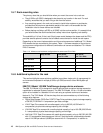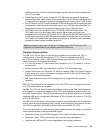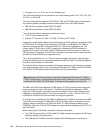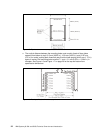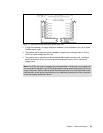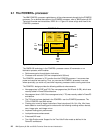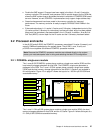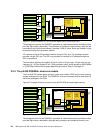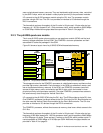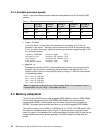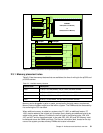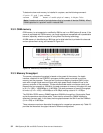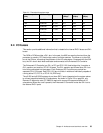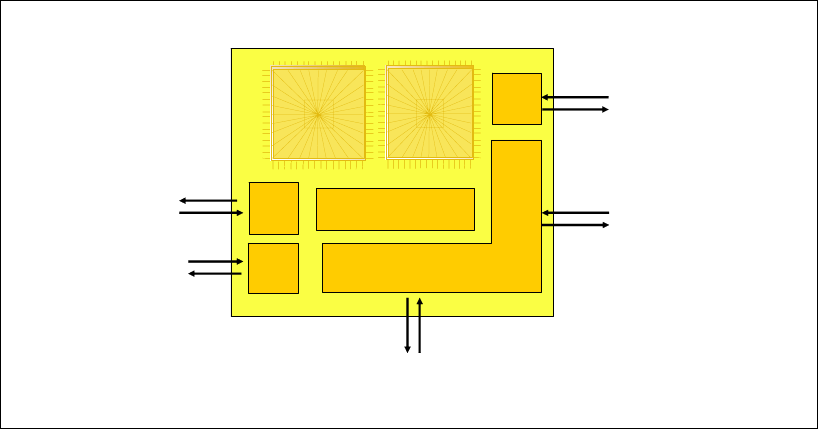
26 IBM System p5 520 and 520Q Technical Overview and Introduction
2.1 The POWER5+ processor
The IBM POWER5+ processor capitalizes on all the enhancements brought by the POWER5
processor. For a detailed description of the POWER5 processor, refer to IBM System p5 520
Technical Overview and Introduction, REDP-9111. Figure 2-2 shows a high level view of the
POWER5+ processor.
Figure 2-2 Power5+ processor
The CMOS10S technology in the POWER5+ processor uses a 90 nanometer or nm
fabrication process, which enables:
Performance gains through faster clock rates
Processor size reduction (243 mm compared with 389 mm)
The POWER5+ processor is 37% smaller than the POWER5 processor. It consumes less
power and requires less cooling. Thus, you can use the POWER5+ processor in servers
where previously you could only use lower frequency processors due to cooling restrictions.
The POWER5+ design provides the following additional enhancements:
New page sizes in ERAT and TLB. Two new pages sizes (64 KB and 16 GB), which were
recently added in PowerPC® architecture.
New segment size in SLB. One new segment size (1 TB) was recently added in PowerPC
architecture.
The TLB size has been doubled in the POWER5+ over the POWER5 processors. The
TLB in POWER5+ has 2048 entries.
Floating-point round to integer instructions. New instructions (frfin, frfiz, frfip, frfim) have
been added to round floating-point numbers with the following rounding modes: nearest,
zero, integer plus, and integer minus.
Improved floating-point performance.
Lock performance enhancement.
Enhanced SLB read.
True Little-Endian mode. Support for the True Little-Endian mode as defined in the
PowerPC architecture.
Core
2.1 GHz
Core
2.1 GHz
Core
2.1 GHz
Core
2.1 GHz
1.9 MB L2
L3
Intf
Mem
Cntrl
GX+
Intf
SMP
Fabric
Bus
L3
Bus
Mem
Bus
GX+
Bus
Vertical
Fabric
Bus
POWER 5+ Processor
Enhanced Distributed Switch
(Fabric Bus Controller)



